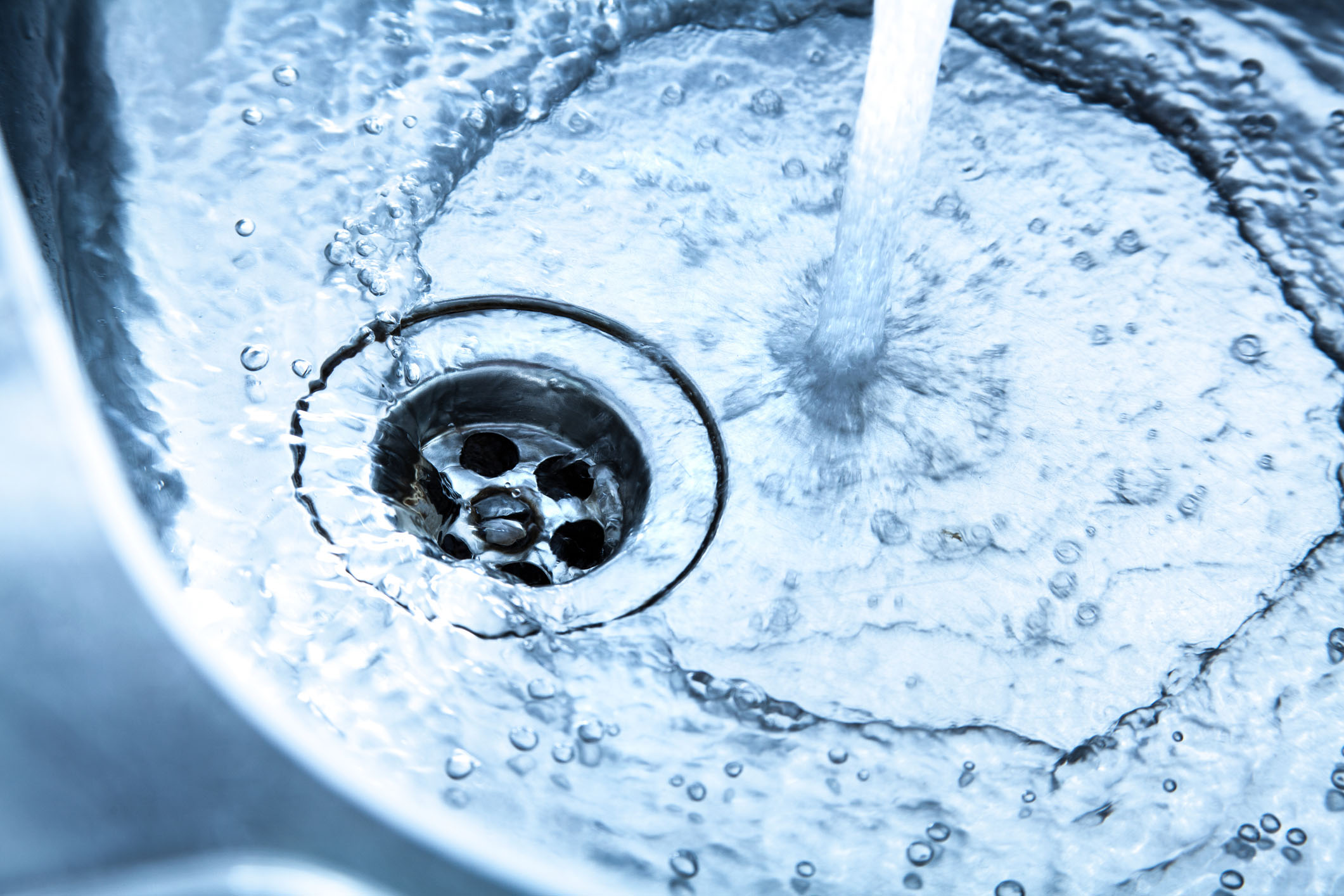
Mercury in your drinking water poses a threat to your health. The U.S. Environmental Protection Agency (EPA) has set the current standard for mercury in drinking water at 2 parts per billion (ppb). The amount of mercury in public water systems is regulated according to EPA standards. If your water comes from a public system, it is routinely tested to ensure safe mercury levels. However, if you are concerned about mercury levels in your municipal water supply, you should request a consumer confidence report from your water provider or visit EPA’s site at www.epa.gov/ccr. Unlike users of public water systems, those who use private water supplies (such as wells, springs, and cisterns) are responsible for ensuring the quality of their own drinking water. Since private systems are more susceptible to mercury than public water systems, private well owners should take steps to guard their health. Measures include routine testing and wellhead maintenance and protection.

Published by University of Georgia Cooperative Extension. For more information or guidance, contact your local Extension office.
The University of Georgia College of Agricultural and Environmental Sciences (working cooperatively with Fort Valley State University, the U.S. Department of Agriculture, and the counties of Georgia) offers its educational programs, assistance, and materials to all people without regard to age, color, disability, genetic information, national origin, race, religion, sex, or veteran status, and is an Equal Opportunity Institution.
Status and Revision History
- Published with Minor Revisions on November 16, 2020
- Published with Full Review on June 6, 2023
What is a Circular?
Circulars are more focused than Bulletins and will discuss one subject in a limited form.
Written and Reviewed by Experts
This resource was written and reviewed by experts. Click below for more information on how we produce science you can trust.






